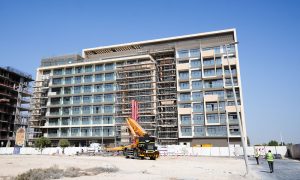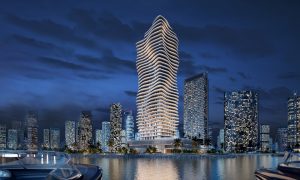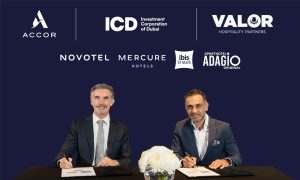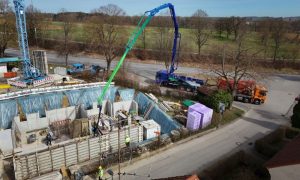Opinion: Building Dubai’s future heritage
Dean Clifford, director, Great Marlborough Estates on Dubai’s opportunity to expand into alternative design

From the top of the Burj Khalifa to the ground floor of the Burj al Arab, Dubai is the place where architects have raced for new heights and ideas. Buildings here have topped the lists for reasons to visit Dubai and have transformed this Middle Eastern city into a pinnacle of post-modernity in the sand dunes.
As Dubai already owns the tallest building in the world, what is the country’s next step in modern design? With tourism thriving, Dubai has the opportunity to expand into alternative design, such as projects that reflect traditional Middle Eastern architecture. International property developers and architects here can preserve heritage through modern design that delivers continuity across generations.
Architecture and urban design anywhere in the Middle East can preserve the region’s distinctive design features. Global urban hub London has its traditional Victorian and Georgian townhouse styles, while Middle Eastern destinations have famous elaborate domes, vaults and arches. As international contemporary cities pursue their modern developments, sustaining historic design certainly presents great value, financially and culturally.
London showcases its commitment to connecting modern architecture to the past by revamping historic sites to progress into the next-generation. Take the Royal College of Surgeons, an educational hub originally built in the early 1800s with classic details such as a portico and pillars. After the college was destroyed in the second World War, the site was completely rebuilt and is now being reinvented to become a modern and flexible facility that still embraces its historic façade.
Revitalising architecture designs from the past is well under way in Dubai too. With the unique Al Seef project located on the iconic creek perfectly encapsulating this style. The project incorporates traditional Middle Eastern design from chandals to pergolas, along with characteristics associated with an aged building such as water marks, caulking and bulging. A key example of contemporary architecture showcasing traditional and beautiful design, Dubai is already leading the way in architecture that embraces heritage and modernity, and the trend looks set to continue.
It cannot be dismissed that in today’s London, the race to build the next innovative landmark shapes the urban landscape. In the 50s and 60s, London architecture witnessed a Brutalist movement driven by a utopian approach to housing, with architects and city planners seeing themselves as enablers of a fundamental shift in human behavior. These ‘villages in the sky’ were designed to replace the previously underdeveloped regions of the Victorian-era and encourage a change in the way we live our lives, but many were often lower density than the buildings they replaced and have since fallen into disrepair.
Of course, there are plenty of developers who continue to embrace historical architectural styles that have defined the city. The homes we are building in developing at Regent’s Crescent also reimagine an idiosyncratic part of embrace the classical history of London’s Georgian architectural style. They have been built to replicate the original Georgian design destroyed during World War II, whilst using creating modern luxurious interiors for today. modern interior design to transform it to the present day.
Dubai’s outstanding traditional Middle Eastern architecture continues to present vast opportunities for exceptional design. This, in congruence with the already spectacular chic and innovative look that has encapsulated the city, will propel Dubai to even greater prominence and esteem in terms of global architectural reputation. History, events and people are already reflected in the urban landscape in Dubai, with Byzantine and Roman influences expressed in ornaments and architectural forms. Modern interpretations of traditional influences such as the Middle Eastern arch is translated in the Atlantis hotel on the Palm in Dubai, and is now a symbol of traditional vernacular architecture.
Major modern urban centres all look to blend the new and old, but Dubai has the chance to be the leader in architectural modernity with a traditional Middle Eastern twist. Even in the modern race for architectural development, urban design should take the time to hold onto its past.















